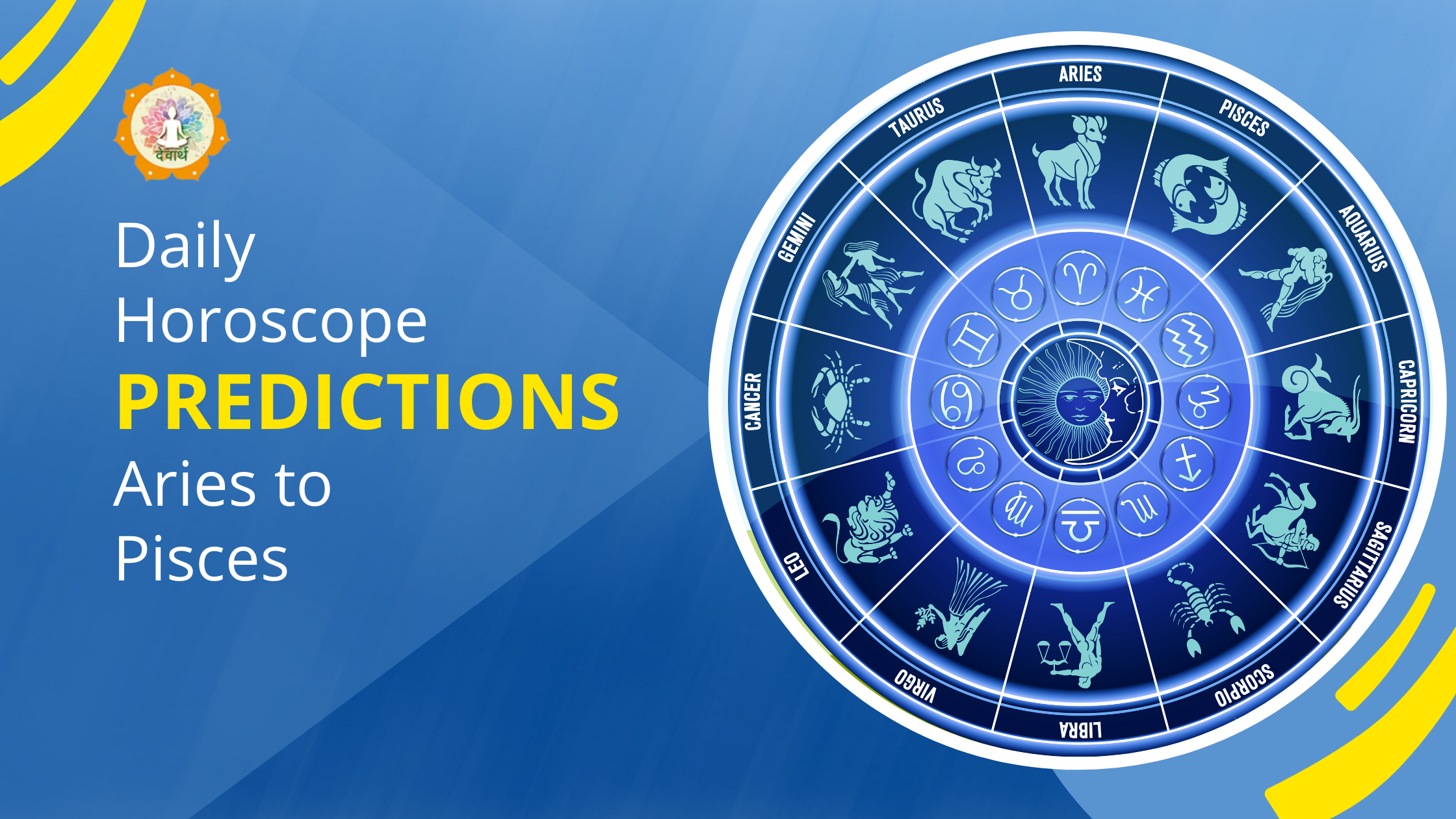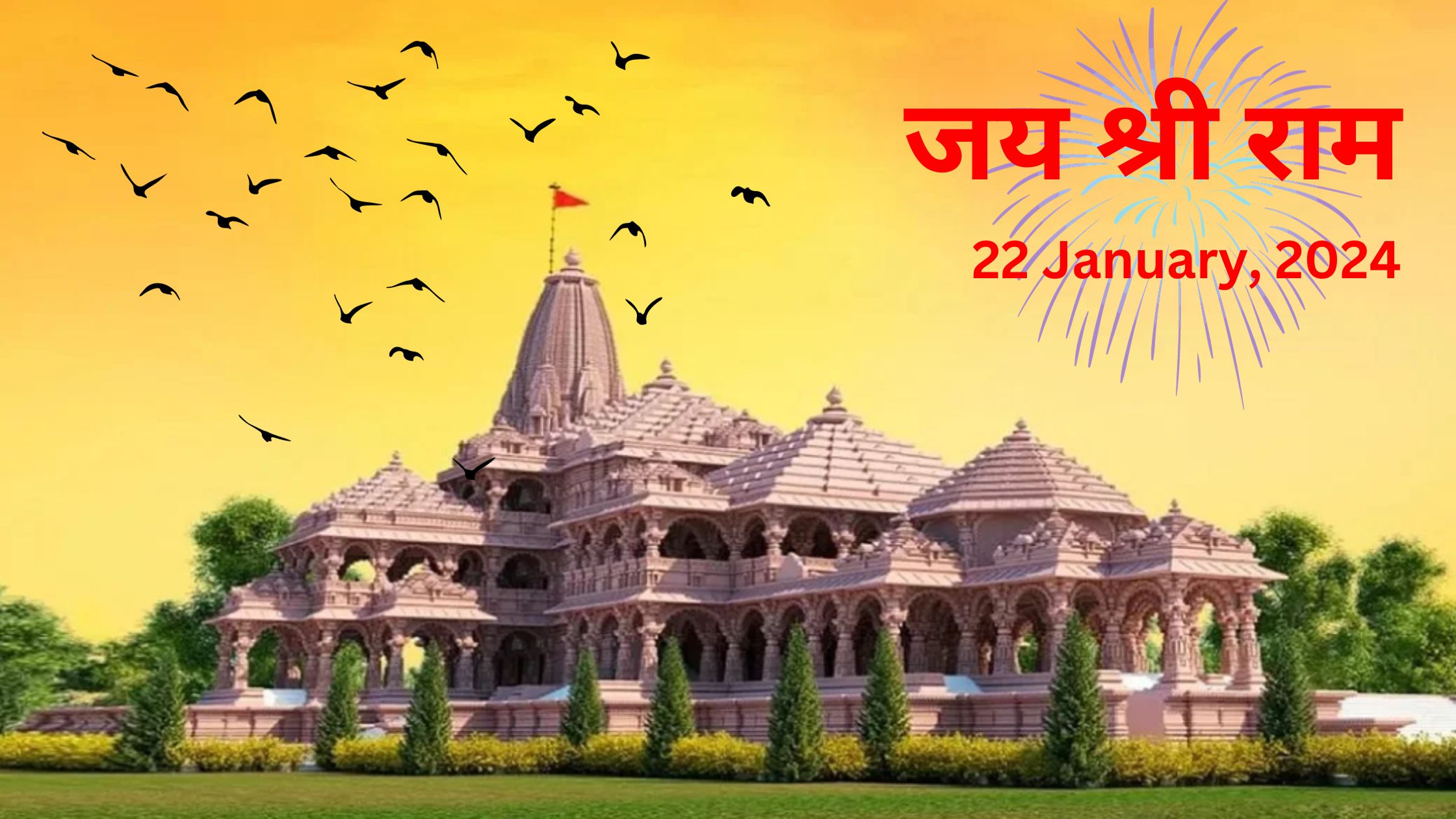Surya Namaskar: Saluting the Sun for Holistic Wellness
In the realm of holistic well-being, Surya Namaskar stands as a radiant gem, a yoga practice that transcends physical exercise to become a spiritual journey. Let’s delve into the origins, significance, and transformative benefits of this sun salutation.
Surya Namaskar Practices and Historical Roots:
Surya Namaskar, or sun salutation, is a dynamic sequence of twelve yoga postures performed in a flowing motion. Rooted in ancient Indian traditions, its practice finds mention in the Vedas and is a venerable component of Hatha Yoga. The sequence is a symbolic prostration to the divine energy of the sun, the cosmic source of life.

Beyond its physical aspects, Surya Namaskar holds deep spiritual significance. It is a holistic practice that harmonizes the body, mind, and spirit. Each posture is a prayer, an offering to the sun, invoking energy, vitality, and enlightenment. Regular practice is believed to align the practitioner with the cosmic rhythm, fostering balance and inner radiance.
Side Effects and Precautions:
While Surya Namaskar bestows numerous benefits, it is essential to approach it mindfully. Individuals with certain health conditions, such as cardiovascular issues or musculoskeletal concerns, should consult a healthcare professional before starting this practice. Moderation and awareness of one’s body are key to reaping the rewards without undue strain.
The Twelve Poses of Surya Namaskar:
1. Pranamasana (Prayer Pose):
- Begin your Surya Namaskar journey with Pranamasana, a pose of reverence. Stand tall, palms pressed together at your chest. Center your mind, grounding yourself for the transformative sequence ahead.
2. Hastauttanasana (Raised Arms Pose):
- In Hastauttanasana, inhale as you raise your arms, arching backward. Feel the stretch along your spine, inviting energy into your body. This pose opens the heart and lungs, preparing for the dynamic flow ahead.
“Bow to the sun, embrace its grace; Surya Namaskar, a celestial embrace..”
– Unknown
3. Hasta Padasana (Hand to Foot Pose):
- Exhale into Hasta Padasana, a forward bend where you touch the ground. This posture stretches the back, hamstrings, and calves, promoting flexibility. Feel the grounding connection with the earth.
4. Ashwa Sanchalanasana (Equestrian Pose):
- Step your right foot back, lowering the knee, as you enter Ashwa Sanchalanasana. This pose honors the equestrian, symbolizing strength and grace. It stretches the hip flexors and prepares you for the following heart-opening postures.
5. Dandasana (Stick Pose):
- Move into Dandasana, a strong and straight pose resembling a staff. Engage your core, keeping the body in a straight line. This asana builds strength in the arms and legs, fortifying your foundation.
6. Ashtanga Namaskara (Salute with Eight Parts):
- Lower your knees, chest, and chin to the ground in Ashtanga Namaskara. This eight-point salutation embodies surrender, fostering humility and respect. It tones the arms and abdomen.
7. Bhujangasana (Cobra Pose):
- Inhale into Bhujangasana, lifting the chest with the support of your hands. This backbend strengthens the spine and opens the heart. Feel the rejuvenating energy flow through your upper body.
8. Parvatasana (Mountain Pose):
- Transition into Parvatasana, lifting your hips towards the sky. This inversion stretches the spine and shoulders while rejuvenating your mind. Embrace the sense of surrender as you let gravity guide you.
9. Ashwa Sanchalanasana (Equestrian Pose – Other Leg):
- Repeat Ashwa Sanchalanasana, stepping your left foot back this time. Balance and strength are cultivated as you alternate between the equestrian poses, mirroring the ebb and flow of life.
“The sun does not shine for a few trees and flowers, but for the wide world’s joy. The lonely pine on the mountain-top waves its somber boughs and cries, ‘Thou art my sun.’ And the little meadow violet lifts its cup of blue, and whispers with its perfumed breath, ‘Thou art my sun”
-Henry Ward Beecher
10. Hasta Padasana (Hand to Foot Pose – Other Leg):
- Return to Hasta Padasana, folding forward with your left foot back. Feel the lengthening of the hamstrings and a connection to the earth. Embrace the symmetry within the asymmetry.
11. Hastauttanasana (Raised Arms Pose – Other Leg):
- Rise into Hastauttanasana, extending your arms upward as you step forward with the left foot. This movement symbolizes balance and grace, acknowledging the dualities of existence.
12. Tadasana (Mountain Pose):
- Conclude the sequence with Tadasana, standing tall with palms together. Feel the integration of body, breath, and spirit. This final pose symbolizes the culmination of your Surya Namaskar practice, leaving you energized and centered.
Surya Namaskar, a celestial dance of asanas, not only invigorates the body but also elevates the spirit. As we flow through the twelve poses, we synchronize our breath with movement, creating a moving meditation that transcends the physical realm. Regular practice of Surya Namaskar unfolds a tapestry of physical flexibility, mental clarity, and spiritual awakening.
Incorporating this ritual into our daily lives becomes a transformative journey, a commitment to holistic wellness. Let the sun salutation be a daily ode to the life-giving energy that resides within and around us, fostering vitality, radiance, and a deep connection with the universe.





